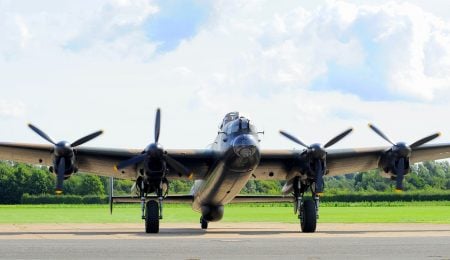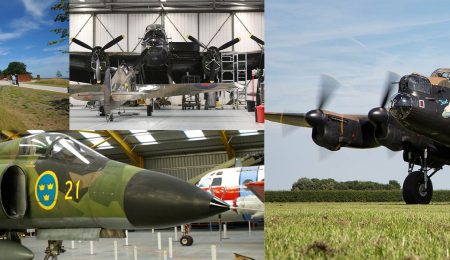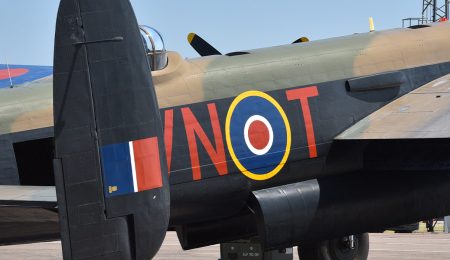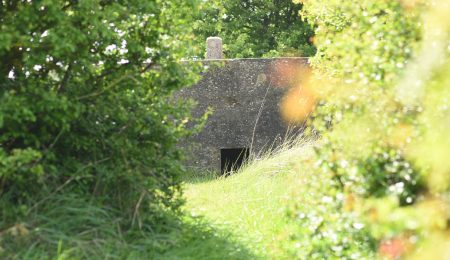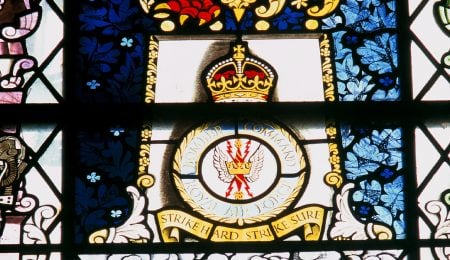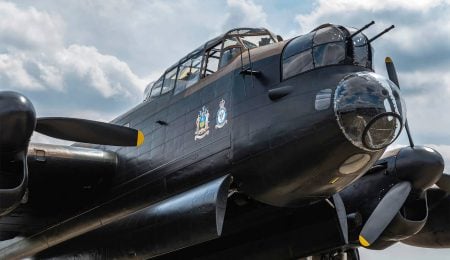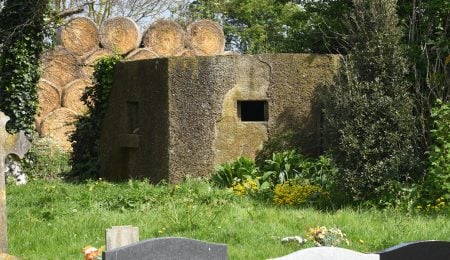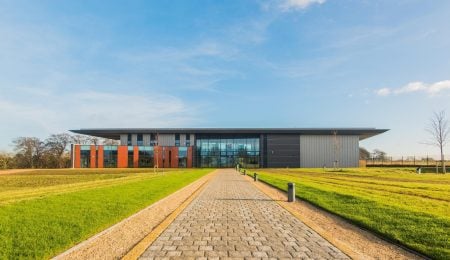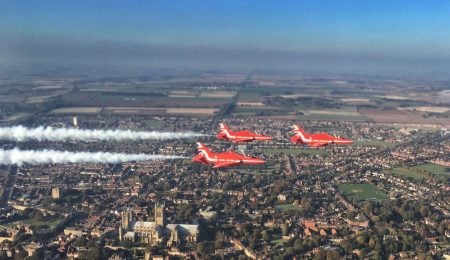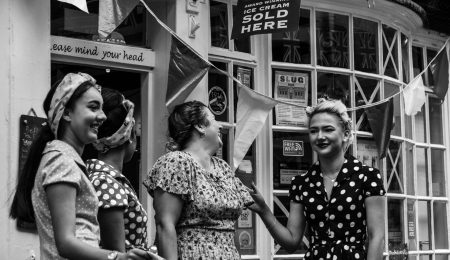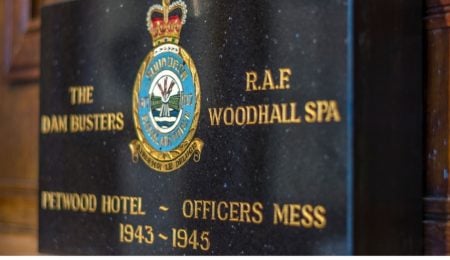Did you know this about
the formation of the RAF?
Did you Know?
On 1st April 1918 the Royal Flying Corps and the Royal Naval Air Service were finally amalgamated into one service to be called the Royal Air Force. Today the name is baked into our consciousness but evidence from the Lincolnshire Archives shows that at the time not everybody was happy: the name, the traditions, the colour of the uniforms…
Thomas Thompson, a former RNAS man, was not impressed: “... it was a complete hotch-potch. They were trying to join together two disparate services. The Navy tradition was very firmly embedded and the Army had a regimental tradition. The ex-RNAS rating would take off his hat to receive his pay, the Army man would keep his hat on. It was absolutely terrible – in the Officers’ mess, ex-naval squadrons still sat down to toast the King, whereas the army people got up, and where you had a combination it was absolutely ludicrous!”
Belfast-born RNAS pilot Jack McCleery wrote the following disillusioned entry in his diary: "Monday 1st April 1918: RNAS and RFC join together to form the RAF, worse luck. Whole RNAS fed to the teeth, and a good many resignations going in… I personally am going to refuse to transfer to the RAF because it's only the RFC under another name." Jack's temper soon cooled and he flew with the RAF until 1919.
For some the RAF’s new blue-grey uniform was a source of concern. Frank Burslem of 73 Squadron recorded that: “We heard that the mills in Yorkshire had a lot of this colour wool in their warehouses. They’d bought it to make uniforms for the Hungarian Army, but they hadn’t been able to use it because of the war, so somebody in Whitehall got the idea to use it up on us. It caused a lot of ridicule at the time, because people thought it was a comic opera style uniform...”
The Boston-born RFC ace Arthur Gould Lee wrote: “...most of us clung to our sentimentally precious regimental tunics and RFC maternity jackets, which we patched with leather until they were worn to tatters.” He was also less than enamoured with the name of the new service: “What every flying man in the new service found difficult to swallow was its label, for the initials RAF stood also for the Royal Aircraft Factory, whose name had accumulated much derision and dislike during the war because it was held chiefly responsible for governmental mass production of death-trap aeroplanes...”
